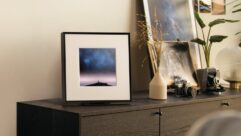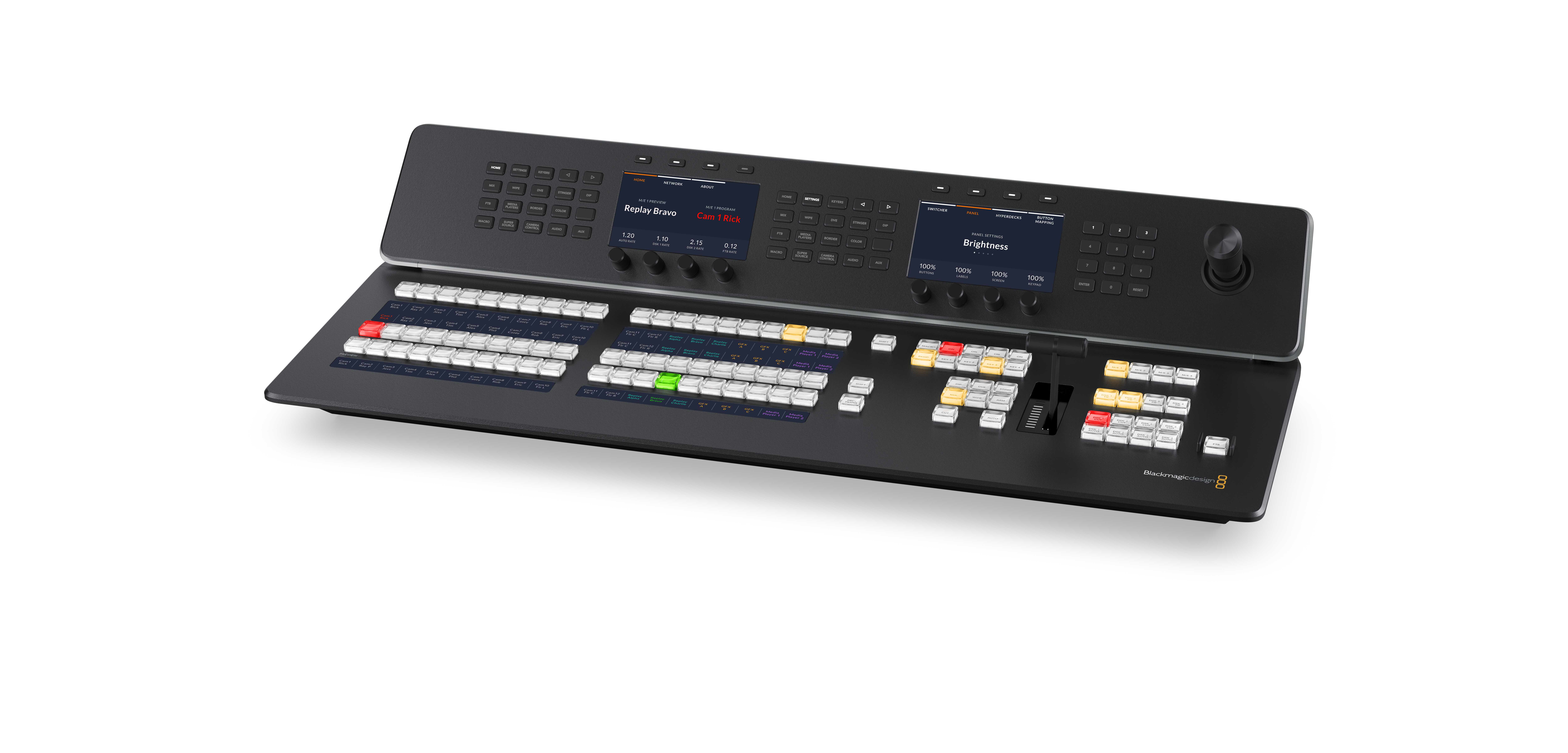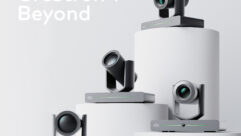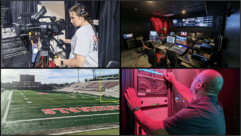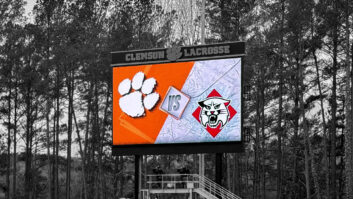
A Massive Installation: Purdue University’s New Rec Center, Part 1
Aug 7, 2014 12:48 PM,
With Bennett Liles
Listen to the Podcasts

Editor’s note: For your convenience, this transcription of the podcast includes timestamps. If you are listening to the podcast and reading its accompanying transcription, you can use the timestamps to jump to any part of the audio podcast by simply dragging the slider on the podcast to the time indicated in the transcription.
Purdue University did a complete renovation of its gigantic France A. Córdova Recreational Sports Center with multiple sound zones and control systems. ITC, Inter Technologies Corporation, came in for the job, and Clinton Wimberly is here to tell us about it. That’s coming right up on the SVC Podcast.
Clinton, thanks for joining us here on the SVC Podcast coming to us from ITC, Inter Technologies Corporation, and your office in North Carolina.
That is correct. Pleasure to be here.
And of course ITC has offices all over and we are going to be talking about a huge audio installation at Purdue University’s France A. Córdova Recreational Sports Center, a gigantic place.
Yeah, it’s massive.
It looks like they were doing a huge renovation for about two years now and they called in ITC for the sound system. So in addition to this what sort of projects does ITC do and where do you do them?
We do all types of AV projects: live audio, classroom technology, corporate, digital signage, striking, and for large events and whatnot. We’ve got offices in Arizona, Indiana, Virginia, North Carolina and Georgia at the moment, but doing jobs from east to west across the United States. [Timestamp: 1:44]
And so you got the job and you knew it was going to take a good while. Sort of describe the France A. Córdova Recreational Sports Center. What all goes on in there?
Initially it was a shelter, and this recreational sports center was a brand new, state-of-the-art add-on at Purdue, which has gym space, staff offices, conference rooms, lounge areas, many large gyms, dance studios, group cycling studios, a lot of exercise spaces on all floors. There’s five floors there. I believe once the renovation was all done a gross 330,000 feet, so it’s a massive, massive building. The biggest job we’ve ever done. [Timestamp: 2:29]
Yeah, I think the key thing is that there can be so many different things going on in there at the same time.
Yeah.
Did the fact that it was originally built around 1957 add any difficulty to the installation, having to go through some pretty old stuff?
When they went to go the renovation, the original idea was to take the old building—built in 1957, as you mentioned—to the ground. And what they found was the original core of the building was built to be a shelter area and the concrete was so thick it couldn’t be demolished with any type of ease. So the new building was built around this 1957 core, but it was done seamlessly so it didn’t affect the AV side, but it presented a large challenge to the construction for sure. [Timestamp: 3:11]
A Massive Installation: Purdue University’s New Rec Center, Part 1
Aug 7, 2014 12:48 PM,
With Bennett Liles
I guess maybe a relic from the Cold War or something.
Yes.
And the Biamp AudiaFLEX system that you put in has been around for a good while so you know it works right and you were familiar with that and you put a lot of them in on this project.
Yeah. Yes, it’s the biggest auto network we’ve ever done.
So how did you get started with it? Why did you go with the AudiaFLEX on this scale?
We chose it for its ability to be customized to fit all the different situations across the rec center and for the use of the CobraNet would the key feature that attracted us to it because that technology would satisfy the clients and end users’ needs on multiple scales with enough room for evolving as time goes on. [Timestamp: 3:51]
And I would think that because so many different things can be going on in that place that control might be a little tricky to set up and configure but this wasn’t the first time you’ve put in an AudiaFLEX system.
No, definitely not the first time, but we’ve never done one on this large a scale though.
How long did you have to put it all in? There had to be a lot of different outfits working side by side in there the whole time.
Yeah, absolutely. There was several groups of contractors in the space at the same time and we were given a small time window. The school wanted to open the rec center in time for the spring semester to begin, but construction challenges put ITC into a smaller time frame. And even having to work after the building was closed as well as during the day when the building was open, just blocking off sections we were working in. I was onsite leading it for nine months, but I believe we started getting our gear in there before I even made it there. So I would say it took a good year for us to get in and out of there for the turnkey solution and even after that we still continue to go back there to tweak things for their needs. [Timestamp: 4:58]
Yeah, with such a complex system and on that scale this wasn’t going to be one where you just set it up and walk away and it comes out just the way everybody first envisioned it.
No, absolutely not. And you know clients, they generally don’t tend to really have a good grasp on what they want until it’s all done and then those gears start turning.
Yeah, they know what they like when they see it… or in this case, when they hear it.
Yeah.
What would you say was the biggest challenge on this project? Was it the old architecture or just the scale of the job?
From my perspective I’d say our biggest challenge was the large size of the building. And with such a vast space, if you’re troubleshooting one area, the next area could be a 10-minute walk just to check that connection because the building was massive, massive. You’re talking about just on one floor from east to west was a good 10 to 15-minute walk and like I said there’s five floors to the building and we got in every nook and cranny of this space. [Timestamp: 5:55]
And with a lot of other contractors working in there at the same time.
Yes, absolutely. There was electricians, carpenters, construction people, still had architects in there. It was definitely, definitely heavily populated and that’s just the guys that were doing the work, not to mention all the students there when they did eventually get their soft opening. [Timestamp: 6:18]
Yeah, that would be one of the biggest things to get right in trying to keep everybody coordinated where you don’t end up with a dollar waiting on a dime, but some of that is just inevitable.
Yeah. You can’t really get around that stuff. We definitely found ourselves in a lot of situations where we had to wait for other contractors to hit their milestones before we could do ours. For instance, an example would be the guys putting in the risers, so we’d be ready to pull our wires, but there’s no conduit to pull it through, so we’d have to wait for them to finish the construction of the conduit before we can pull our wires through that, so that set us back. But there was so much to be done that we could always find something else to do to cover the time for the other contractors to finish their obligations. [Timestamp: 7:03]
I know a lot of clients never really get into it but I think that’s one of the more creative aspects to projects like this in just being able to look at the whole scope of it and know where you can split people off and keep them getting things done when you run into a temporary roadblock.
Absolutely. It all looks good on paper, but it’s the guys in the field that really know what it takes to get those things done. [Timestamp: 7:25]
Now you guys didn’t just put the whole thing in and test it all at once. You had to finish and test various sections of it, I’m sure.
Yes. Yeah, it was definitely piecemeal like that. We’d get a floor done or a portion of a floor done. We’d basically get in what we could fit in. There was still so much construction going on in the initial phase of the project that we just – we couldn’t really just go through as we would have liked to, which would make it easy for us. So we had to do a lot of doubling back, working in spaces that we’d already been in. But eventually it all got done and all those contractors and subcontractors that were onsite all worked well together, so we had a nice line of communication going. I had all my contracts with whatever trade those guys were responsible for, so we had an open enough communication going on that we didn’t really cross paths in a negative sense whereas work had to be redone because we weren’t on the same page. [Timestamp: 8:23]
Requires a lot of planning and forethought but it’s great when all the different teams can work together and stay out of each other’s way. It was great hearing about this Clinton and in part two we’ll get more into the control aspect of it. Clinton Wimberly from ITC and Purdue University’s France A. Córdova Recreational Sports Center. Thanks, Clinton.
Okay, cool. Talk to you in part two.


